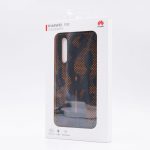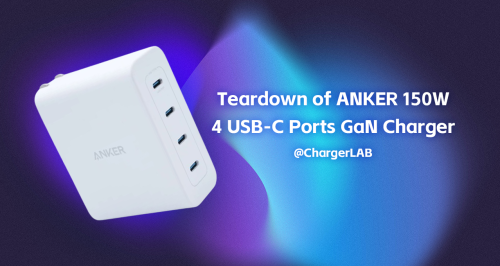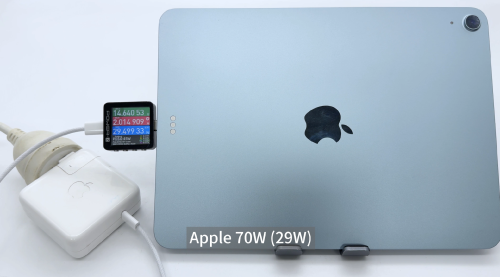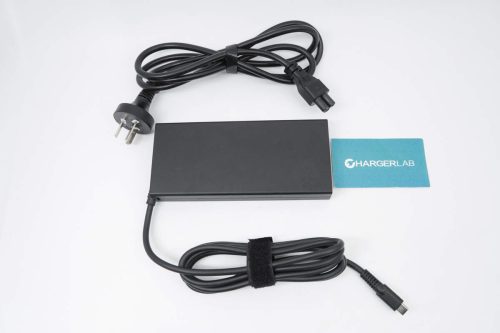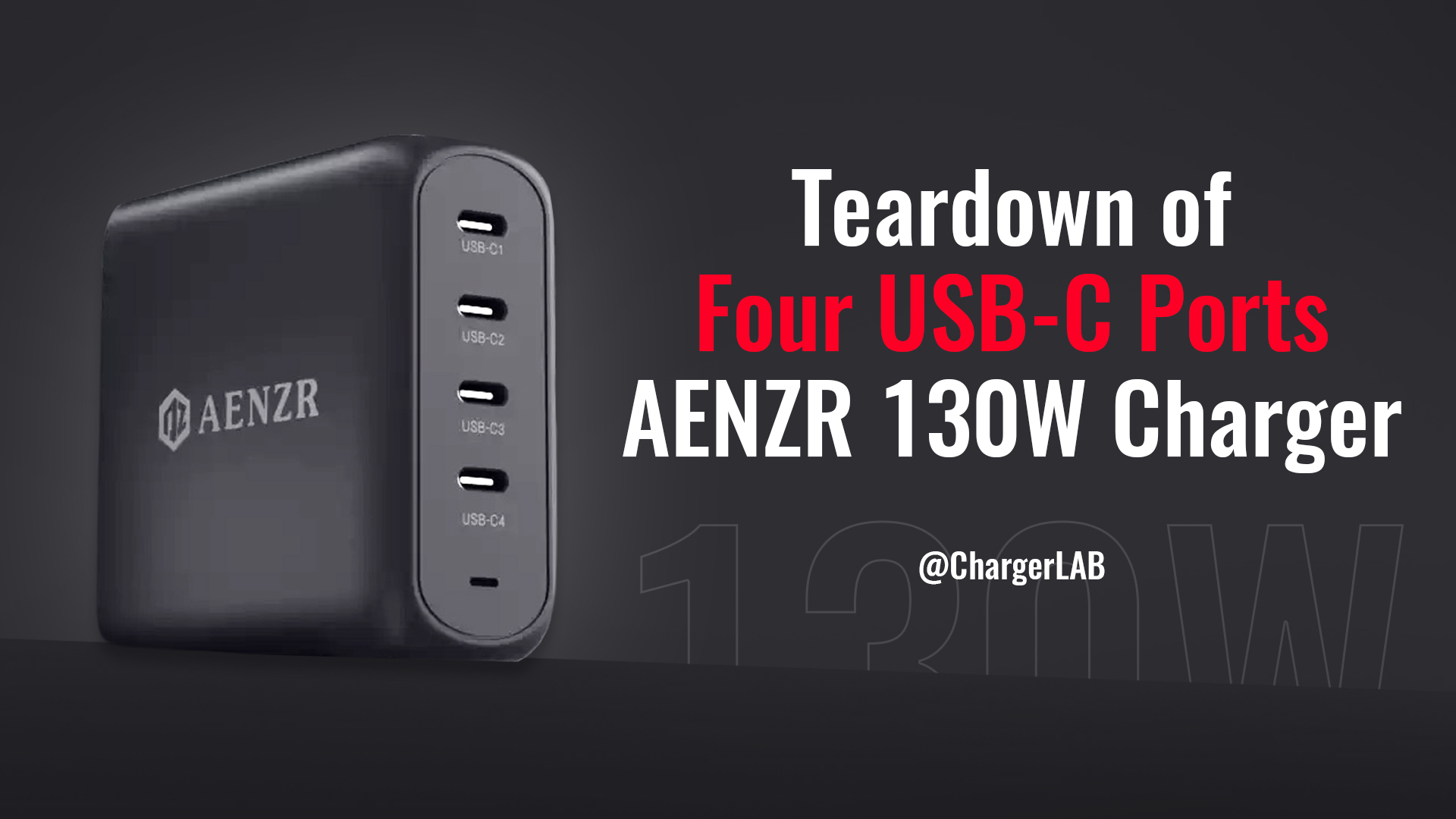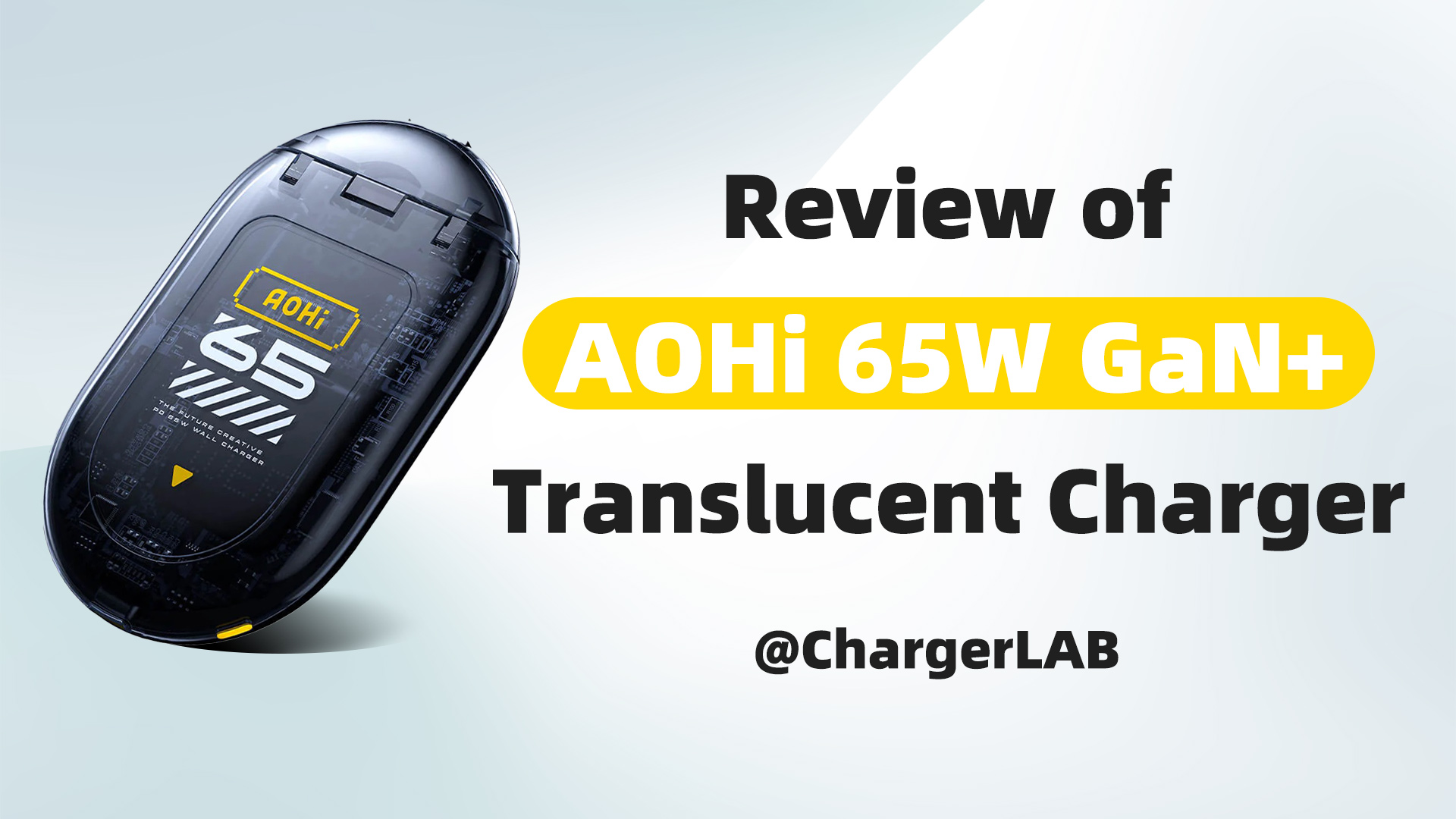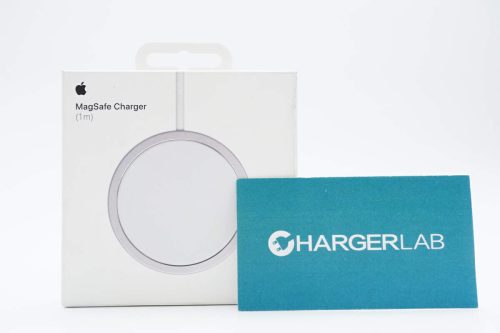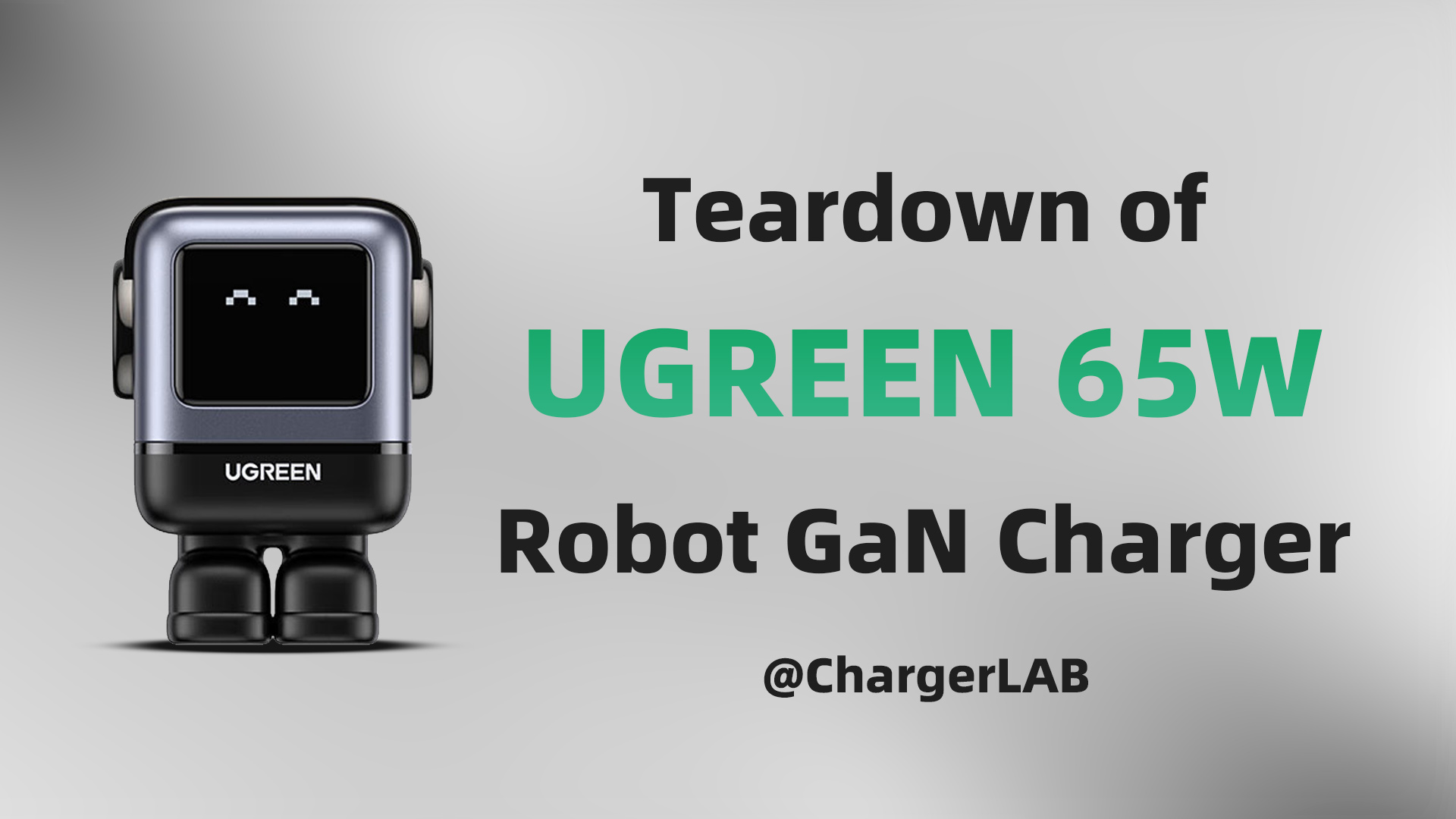Recently, Huawei has released two flagship models, the P30 and the P30 Pro. Among them, only the P30 Pro has native support for wireless charging. To enable wireless charging for P30, Huawei has released a Huawei P30 wireless charging protective case. This wireless charging protective case supports 10W wireless fast charging, and has passed TÜV Rheinland safety certification and Qi certification. Now, let’s dive into our teardown review.
I. Unboxing

The HUAWEI P30 Wireless Charging Protective Case comes in Aurora or orange. We have the orange version.

Selling points: 10W (Max) wireless charging, Qi multi-compatibility, and multi-safety protection.

Specifications on the back.

To achieve maximum wireless charging power, the packaging specifies that the case needs to be used along with the Huawei wireless charging base and the Huawei 9V/2A, or 10V/4A charger; or with the Huawei 5V/4.5A, or 10V/4A charger.
The product has passed TÜV Rheinland safety certification and Qi certification.

Package contents: the case and a quick guide.

It adopts an innovative and fashionable two-tone hollow-out design, along with rich tactile layers to achieve a comfortable hand-feel and anti-slip effect. It contains a hi-tech magnetic conductive plate, which easily engages with magnetic suction brackets. The protective case is firm and anti-slip, setting your hands free.

Matte finish on the inside.

Logo, model name and specifications are printed on the inside of the protective case. Model: C-ELLE-wireless charging case.

There is a USB-C connector at the bottom for connecting to the Huawei's P30.

The USB-C connector.

Bright yellow accent around the camera cut-out.

A hole on the top.

Openings for speaker, microphone and headphone.

The side.

Close-up of the side buttons.

The thickness is only one-third of a 1 Yuan RMB coin. The USB-C port area has a slight bump.

HUAWEI logo and Wireless Charging lettering on the back. It supports 10W wireless fast charging.

Close-up of the camera cut-out.

Close-up of the matte finish on the inside.

High precision cut-outs for a perfect fit.

Take a look at the back.

Close-up.

In addition to wireless charging and receiving, the case also supports wired charging through its USB-C port.

The case weighs 55.2g (1.95oz).

It starts charging instantly when we put the phone on top.

It supports 10W wireless fast charging.

The product also supports wired charging.
II Teardown

Pilling off the film on the back reveals the coil core, wireless charging receiving circuit board and charging port.

On the top is the wireless charging receiving coil, and the receiving circuit board below has a metal plate to dissipate heat.

The circuit board is connected to the charging receiving coil above, and the charging input and output ports below.

The wireless charging receiving coil is connected to the receiving board via an FPC.

The purple USB-C connector is fixed by screws.

Unscrew the screws and take out the connector. The plug is connected via an FPC.

Close-up of the FPC.

The charging socket of the case is directly inserted into the protective case when wired charging is used.

There is a fixture to secure the position of the connector.

The inside of the plastic shell is hollowed out and fits with the components on the circuit board to reduce the thickness.

The charging input and output use separate FPCs.

The wireless charging receiving PCB uses FPC cable, uses a metal plate on the back with single-sided printing.

The charging input port, below the FPC is the connector for charging.

The front side of the wireless charging receiving board is divided into a wireless charging receiving part and an input switching part.

CYPRESS CYPD4236 CCG4 PD controller, which provides two complete USB Type-C and PD interface control, suitable for notebooks, power adapters, and hubs.

CYPRESS CYPD4236

Four AON7423s are used for power switching and anti-backfilling.

The IDT P9221 wireless charging receiver chip, single chip solution, supporting maximum 15W output, compatible with the WPC 1.2.2 standard, built-in low impedance synchronous rectifier, built-in microprocessor, supporting the I2C interface and adopting 52pin WLCSP packaging.

Detailed specification of the IDT P9221.

TI TPS62147 2A synchronous rectifier step-down converter.

Detailed specification of the TI TPS62147.

AOS AON2803, MOS transistor.

The overvoltage overcurrent protection chip and the interface ESD protection diode.

Manufactured by Shanghai Lineprinting Materials Co., Ltd.

All the components.
III. ChargerLAB conclousion
1. The Huawei's P30 wireless charging protective case is of high quality and good value for money.
2. The clever hollow-out design to place coils and circuit boards makes the case slim. Extra USB-C port for wired charging offers great versatility.
3. It has a built-in IDT wireless receiving solution ensures high efficiency and compact size.
Source: chongdiantou

